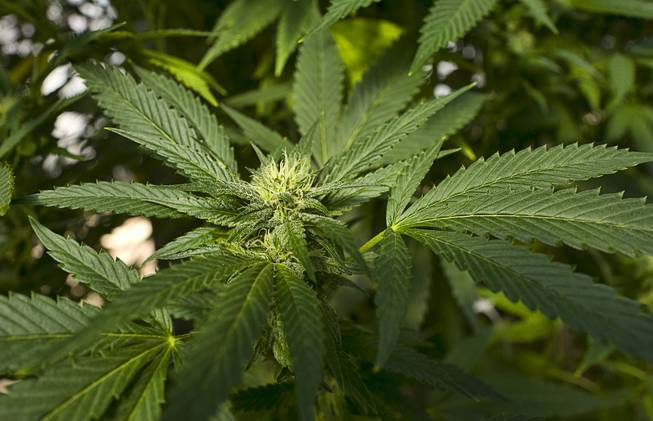
Richard Vogel / AP
Friday, Feb. 15, 2019 | 2 a.m.
LOS ANGELES — When California voters legalized marijuana, they were promised that part of the tax revenue from pot sales and cultivation would be devoted to programs to teach youth how to avoid substance abuse.
But more than a year after the start of sales, there's no money for those programs and questions are looming about how they might operate in the future.
The absence of funding is "really sad and disappointing," said Robert Harris, a policy adviser and lobbyist for the California Society of Addiction Medicine.
Equally troubling, he added, is the lack of clear guidelines for how that funding would be divvied up, and how programs would be run and evaluated.
A report this week from the state Legislative Analyst's Office suggested that the Legislature might have to address gaps in the law, even pointing out that the term "youth" isn't defined.
More needs to be done "so we don't roll it out and throw it away," Harris said.
Proposition 64, which voters approved in November 2016 and legalized pot sales for adults 21 and over, included a section requiring a slice of the tax revenue go toward youth education to prevent "substance use disorders" and "harm from substance use."
The absence of dollars so far can be explained by two factors: The effect of rigid rules that came with Proposition 64 and the slow start to sales that have brought in far less tax money than initially expected.
The law established a long list of requirements for how to spend cannabis tax money — basically, who gets it, in what order and how much.
Under those rules, most of the $150 million in tax money that has come in so far has been devoted to startup costs and operations for state regulation.
A second tier of funding, about $25 million of the total, is slated for university research, the California Highway Patrol and local grants that could include such things such as mental health treatment and legal services.
Funding for youth-education programs would be included in a third tier of spending, and so far there hasn't been enough tax money to provide that share, officials say.
It's possible that by the end of the state's fiscal year in June, enough pot sales will take place to pump money into those programs. And by the following year, state analysts expect sales to increase and funding for those programs to soar to $160 million.
Meanwhile, the state analyst's report outlined a series of gaps in the law that it said left broad questions about how those programs would work.
Among them: The law is silent on an oversight process to ensure money is being spent properly and delivering results.
"Numerous issues still need resolution," the report said.
At a state legislative hearing Wednesday, Clint Kellum of the state Finance Department warned that it remains difficult to predict with confidence how much tax money will come in from pot sales and cultivation.
"Given that it's a newly created market, these revenue projections are subject to considerable uncertainty," he said.
